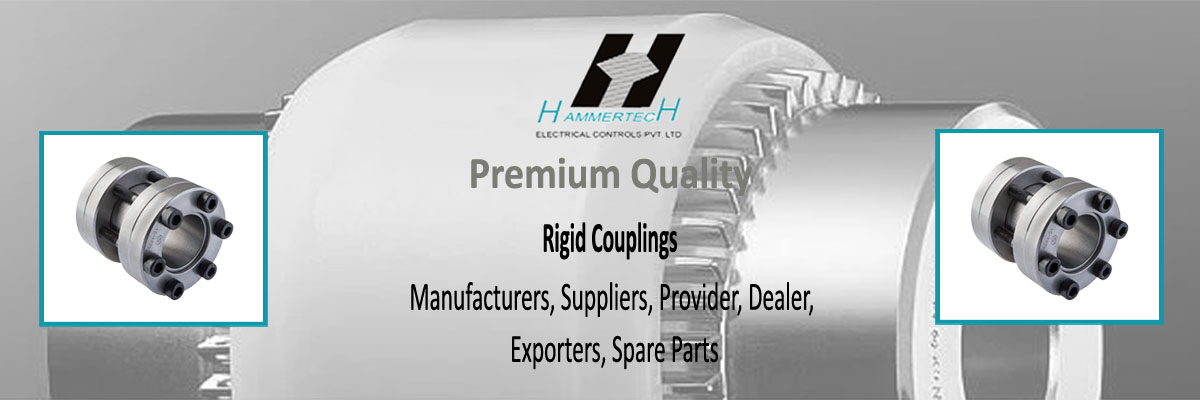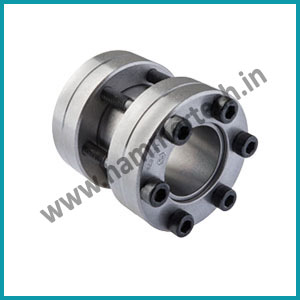Raise your Query
Hi! Simply click below and type your query.
Our experts will reply you very soon.
Hi! Simply click below and type your query.
Our experts will reply you very soon.
Director Mohit Vidhate : +91
8691931283
Avinash Desai : +91
9833163576

We Hammertech Electrical Controls Pvt. Ltd. Company are Leading Manufacturers, Suppliers, Provider, Dealer, Exporters, Spare Parts of Rigid Coupling. A rigid coupling is a type of mechanical device used to connect two shafts in a straight line, allowing for the transmission of torque and motion between them. Unlike flexible couplings, which provide some degree of flexibility to accommodate misalignments, a rigid coupling is designed to be stiff and provide a direct, solid connection between shafts. Rigid couplings are commonly used in applications where precise alignment between shafts is critical, and flexibility is not required.
While rigid couplings are effective in maintaining shaft alignment and transmitting high torque, they are not suitable for applications where there are significant misalignments or where vibration dampening is required. Careful consideration of the specific requirements of the application is necessary when selecting the type of coupling to use. A rigid coupling is a mechanical device used to connect two shafts in order to transmit torque and rotational motion between them. Unlike flexible couplings, which allow for some degree of misalignment and flexibility, rigid couplings are designed to provide a more direct and solid connection between the shafts. The primary purpose of a rigid coupling is to maintain accurate shaft alignment and prevent relative motion or misalignment between the connected shafts.
Here are some key features and considerations regarding rigid couplings:
Rigid couplings are chosen when precise shaft alignment is essential. They maintain accurate alignment between the connected shafts, ensuring efficient power transmission and minimizing wear and vibration.
Rigid couplings are typically made of materials such as steel or aluminum, providing a sturdy and inflexible connection between the shafts.
Rigid couplings are suitable for applications where high torque transmission is required without the risk of backlash or torsional deformation.
There are different types of rigid couplings, including:
• Sleeve or Muff Couplings: Consist of a cylindrical sleeve that fits over the ends of two shafts and is secured in place with screws or other fasteners.
• Clamp or Split Couplings: Split into two halves and are tightened around the shafts using screws or bolts.
• Flanged Couplings: Have flanges on both ends, and the shafts are connected by bolting the flanges together.
Installation and disassembly of rigid couplings may require more effort compared to flexible couplings. It often involves precise alignment of the shafts and secure tightening of fasteners.
Rigid couplings provide zero backlash, meaning there is no play or movement between the connected shafts. This is beneficial in applications where precise synchronization is crucial.
Rigid couplings are commonly used in machinery and equipment where precision and rigidity are critical, such as in high-precision manufacturing equipment, printing presses, and certain types of power transmission systems.
Rigid couplings generally have low maintenance requirements. Regular inspections and checks for wear, corrosion, or any signs of misalignment are advisable to ensure continued reliability.
Rigid couplings are often simpler in design compared to some flexible couplings, and they can be a cost-effective choice for applications that do not require flexibility.
Key features of rigid couplings include:
We Hammertech Electrical Controls Pvt. Ltd. Company are deeply engaged in offering a wide array of Rigid Coupling to our valuable Client located In Mumbai, In Navi Mumbai, In Thane, In India.
